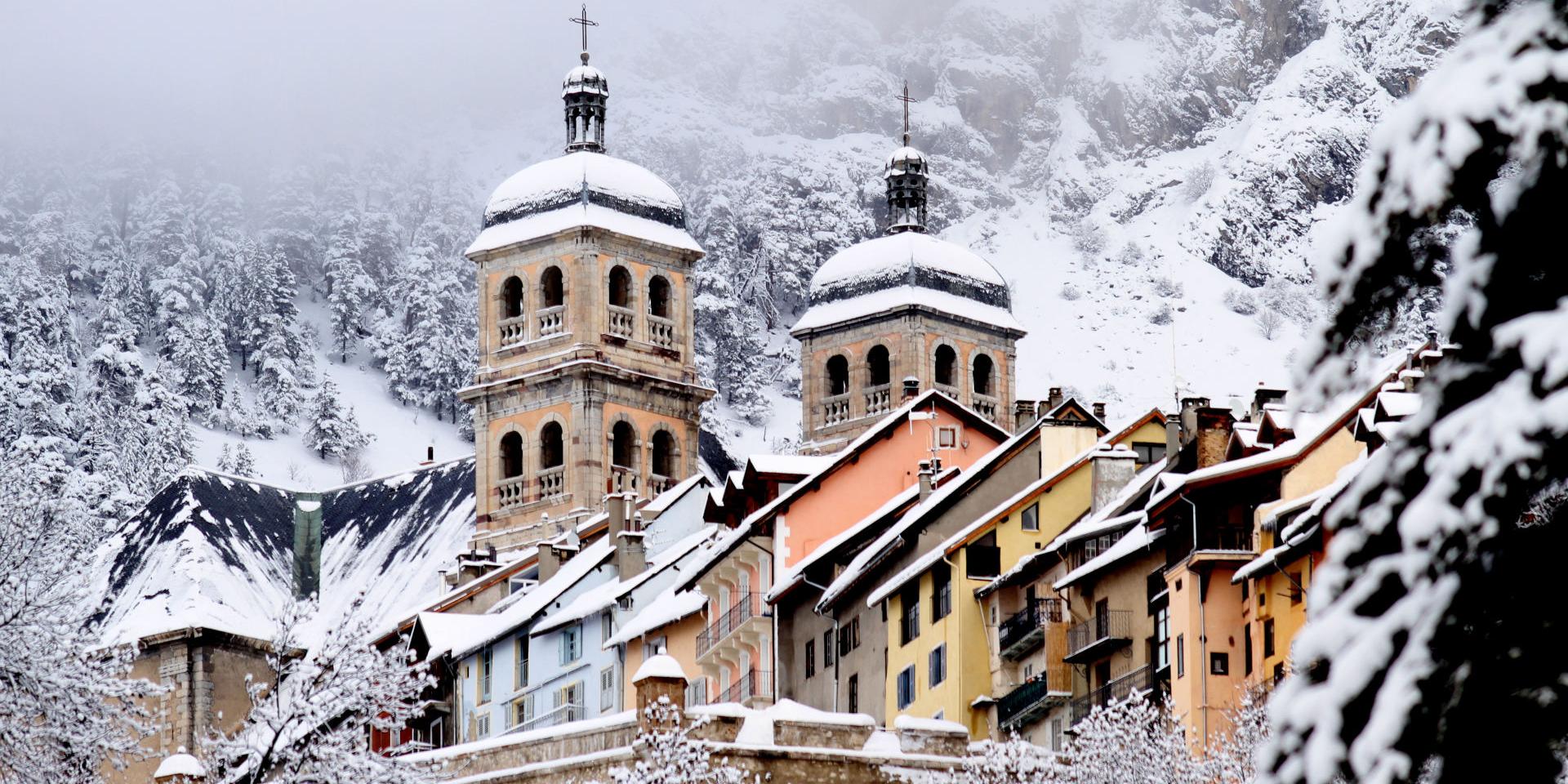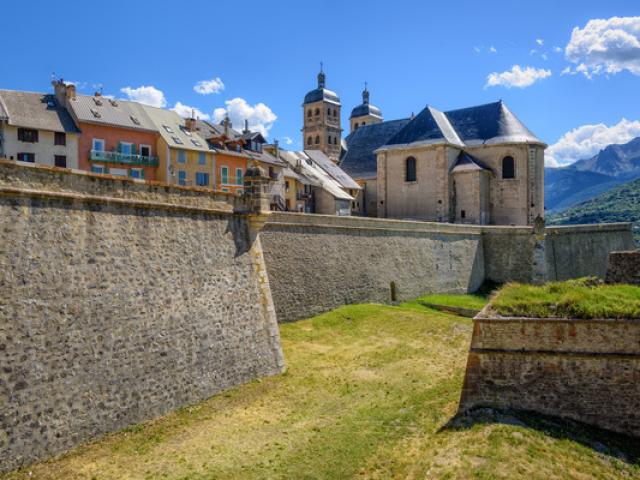Nature and Winter Sports
A great breath of fresh air
At a height of 1,326 metres, Briançon is second to Davos, Switzerland, as the highest town in Europe. The air here is pure, with the surrounding massifs spectacularly carved by the verdant Durance, Clarée, Guisane, Cerveyrette and Orceyrette Valleys. Here, mankind has always maintained close links to this raw and wild landscape and its diverse fauna and flora. To explore them, go to the Maison du Parc du Briançonnais. From the viewpoint at the Porte de la Durance gate, watch the river sparkle as it flows beneath you. In winter mode, grab your skis and snowboard and head to Serre-Chevalier. With its 410 hectares of signposted ski area, the resort is one of Europe’s biggest ski areas.

